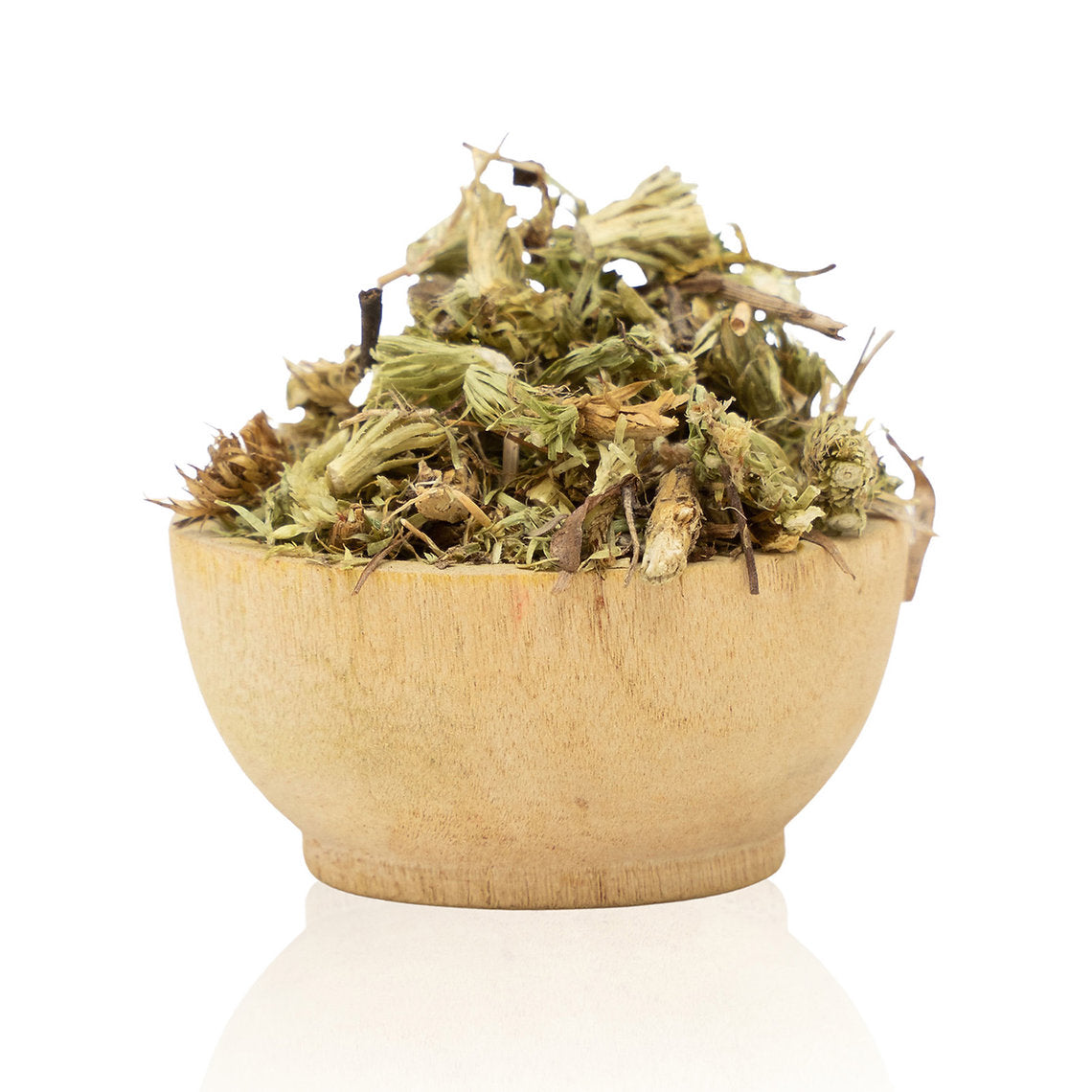
Club Moss (Lycopodium clavatum) organic
Pickup available at eHouse Rishon
Usually ready in 24 hours
Reliable shipping
Flexible returns
Description
(Also known as Common Club Moss, Stag’s-horn Club Moss, Wolf’s-foot Club Moss, Running Pine, Ground Pine, Princess Pine, Creeping Cedar, and others)
Description
Club moss is a plant of ancient lineage, belonging to the Lycopodiaceae (clubmoss) family. Although commonly called a “moss,” it is in fact larger and taller, reproducing through spores found in cone-like tips called strobili. The plant is notable for its ability to bio-accumulate aluminium, which made it a useful auxiliary in historic dyeing traditions.
Historical Note
Club moss was used as a mordant in folk dyeing, particularly noted in Northern Europe during the Finnish Iron Age. Its spores were also famously used as flash powder in early photography and theatre due to their combustibility. Today, it remains of interest mainly for historical re-enactment and research, since sustainable alternatives are preferred for regular dyeing. In parts of Europe (including the Netherlands and Belgium) it is protected due to rarity.
Active Components
Spores and tissues rich in aluminium-binding compounds.
CI Reference
Not listed in the Colour Index — used as a mordanting assistant rather than a dye.
Advice
- Recommended for special projects, historical re-enactment, and research.
- For regular mordanting, use alum, which is more sustainable and effective.
- Club moss is protected in some regions; our supply is carefully harvested in Romania from non-protected populations.
Source
Wild-harvested in Romania, offered exclusively to represent traditional dye materials.


